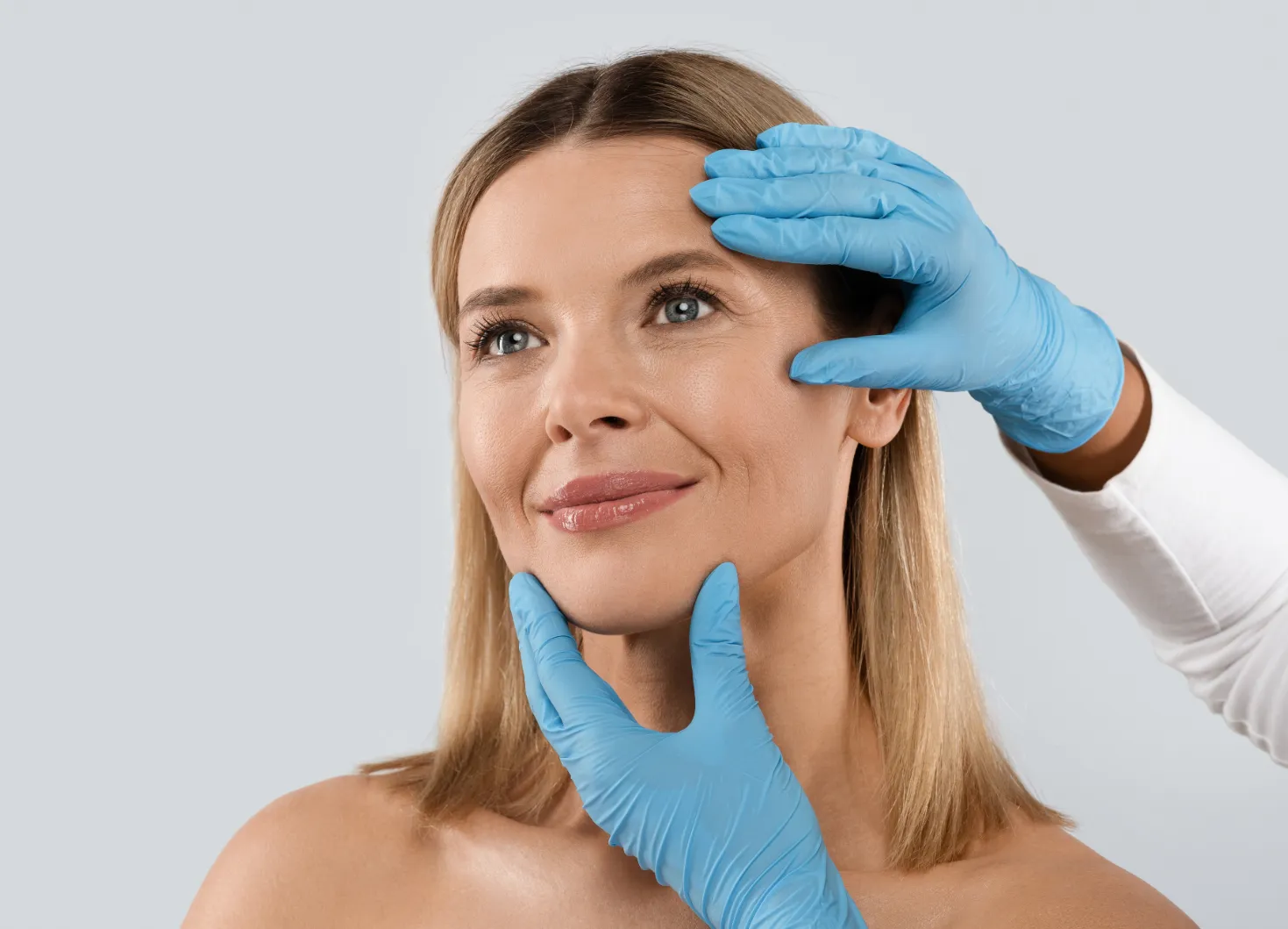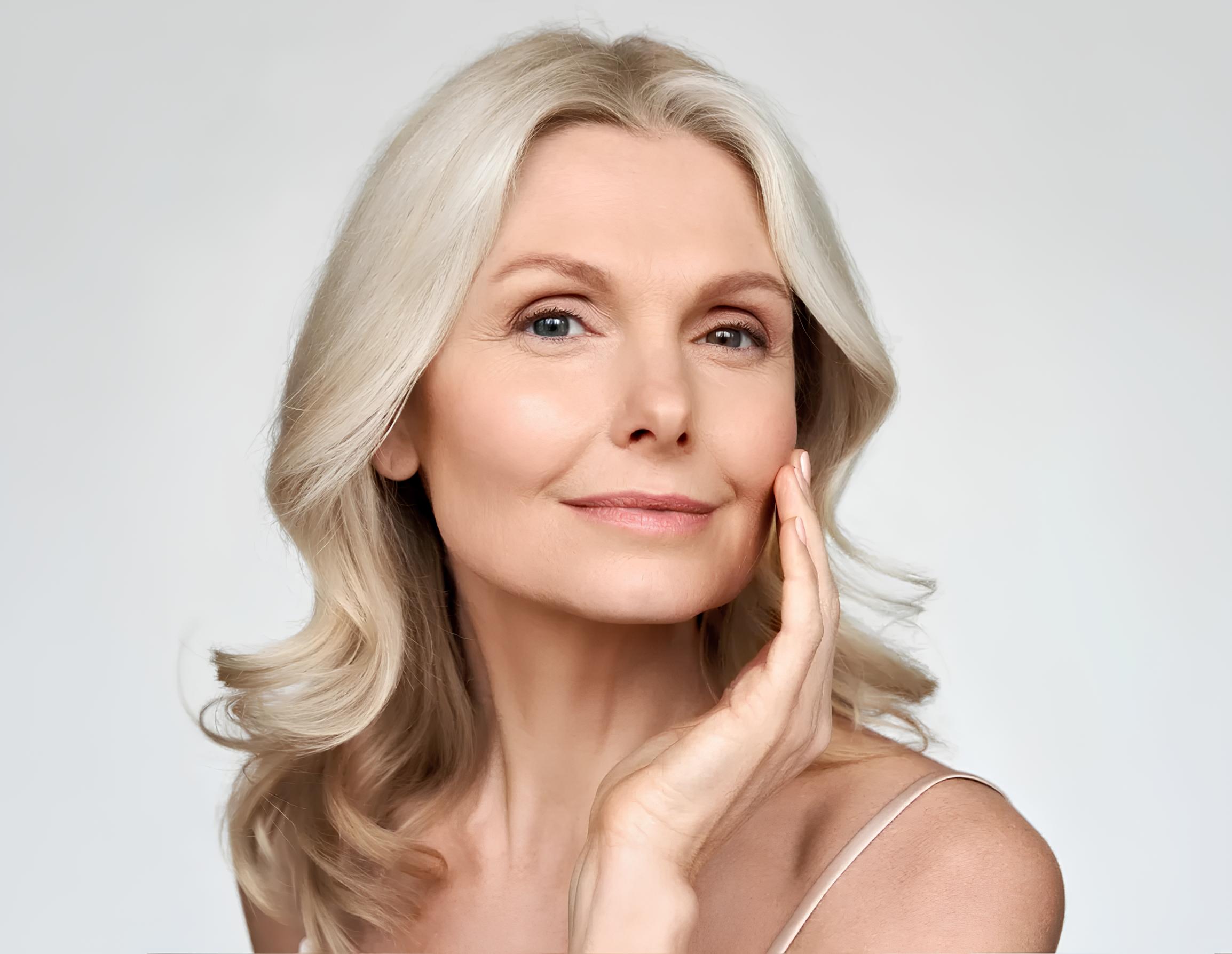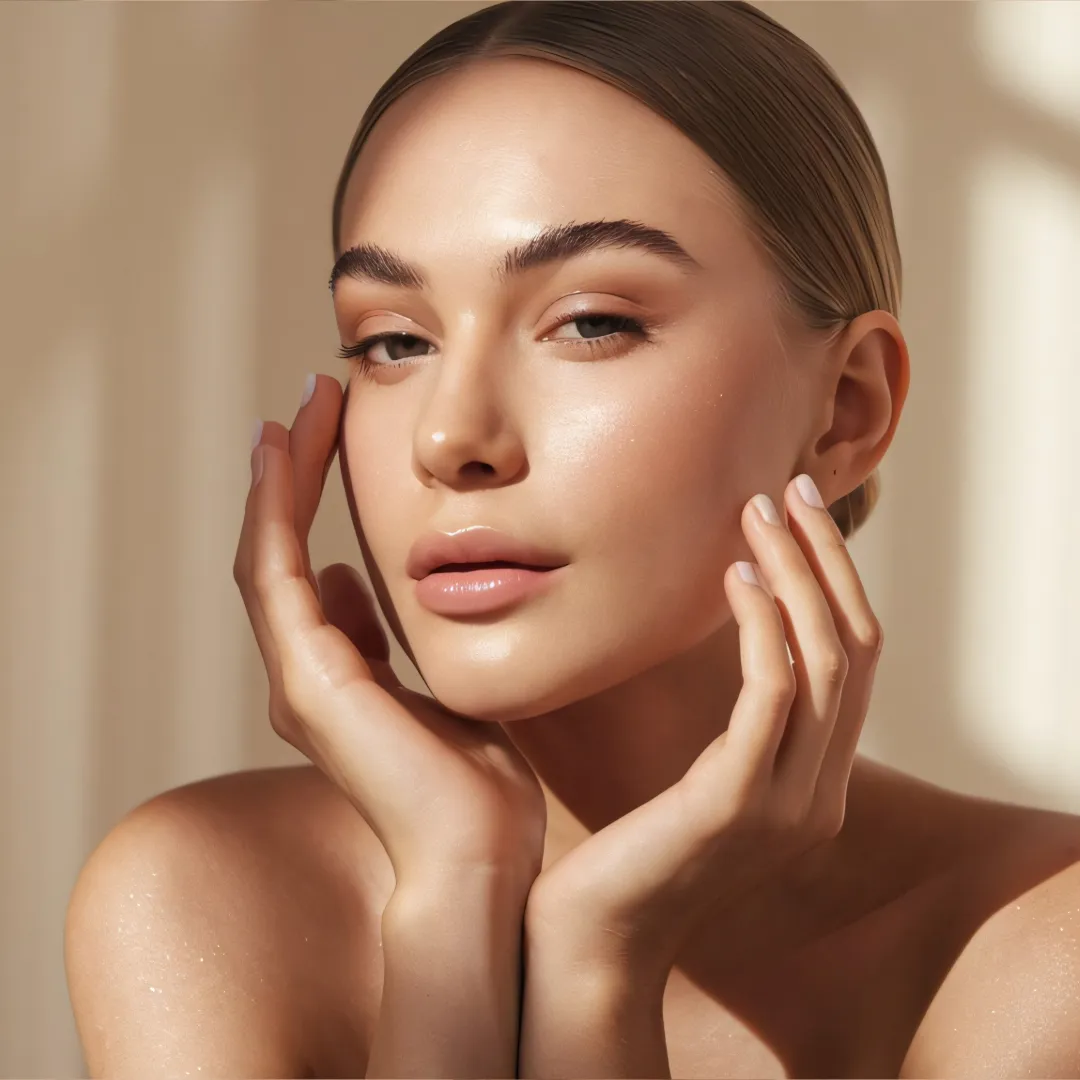Facelift in San Antonio, TX

Restore Confidence with a Natural, Rejuvenated Appearance
At Ferguson Plastic Surgery & Aesthetics, we understand how the natural aging process, sun exposure, and gravity can change your appearance over time. As skin loses elasticity, you may notice sagging skin, deeper folds around the mouth, jowls, or loose skin beneath the chin. These visible signs of aging can affect both your look and your confidence.
If you are ready to restore a more youthful appearance, a facelift may be the right solution. Dr. Ferguson, a board-certified plastic surgeon, specializes in facelift surgery techniques designed to help you look naturally refreshed.


What Is a Facelift?
A facelift procedure (rhytidectomy) is a cosmetic surgical procedure that lifts and tightens the underlying muscles, repositions facial tissues, and removes excess skin to improve sagging in the lower face, jawline, and neck. By addressing both the skin and the deeper layers, including the superficial musculoaponeurotic system (SMAS), a surgical facelift helps restore smoother facial contours and a more youthful appearance.
A facelift targets multiple areas of concern, including:
Jowls and loose skin along the jawline
Mid-face sagging and volume loss
Deep nasolabial folds (smile lines)
Neck lift correction for sagging skin and fat deposits under the chin
Repositioning of underlying tissues for long-lasting, natural-looking results
Types of Facelift Procedures
At Ferguson Plastic Surgery & Aesthetics, we customize every facelift in San Antonio to meet your unique facial structure and aesthetic goals. Depending on the degree of correction needed, Dr. Ferguson may recommend one of the following options:
Traditional Facelift
A traditional facelift is ideal for patients with moderate to advanced signs of facial aging. This comprehensive surgical procedure lifts the lower face, smooths wrinkles, and repositions facial tissues for lasting results. Incisions are carefully placed around the ears and hairline to minimize visible scarring, while excess fat is removed or sculpted for a refined, natural beauty.

.webp)
Mini Facelift
A mini facelift is a less invasive option that addresses mild to moderate skin laxity and early signs of aging. With smaller incisions and a shorter recovery process, this procedure improves the lower face and jawline while leaving the neck mostly untouched. Many facelift patients choose a mini facelift to refresh their appearance with minimal downtime.
Deep Plane Facelift
For patients with significant facial aging, a deep plane facelift allows for lifting the deeper layers of the face, including the underlying muscles and facial volume. This advanced approach creates more dramatic improvements while preserving natural-looking results.
.webp)
Who Is a Good Candidate for a Facelift?
During your facelift consultation, Dr. Ferguson will review your medical history, examine your facial structure, and help you decide which treatment plan is best for your goals.
Have facial aging such as jowls, deep folds, or sagging skin
Maintain good muscle tone and have some remaining skin elasticity
Are in overall good health and do not smoke
Understand the risks, benefits, and have realistic expectations
Looking to address changes from natural aging, not outside pressure?
Want To See If You Are A Candidate?
Book Your Consultation-2.webp)

Facelift Recovery & Results
Your facelift recovery will involve some swelling, bruising, and temporary numbness in the face and neck. Most facelift patients return to daily activities within 2 to 3 weeks. Pain medication is prescribed as needed, but many patients report minimal discomfort during the recovery process. Dr. Ferguson and his team will provide detailed instructions to ensure a smooth recovery.
Final results will continue to improve over several months, revealing a refreshed appearance that looks natural, not pulled or tight. While no cosmetic surgical procedure can stop the aging process, a facelift can turn back the clock by several years, giving you a lasting youthful appearance.
Many patients choose to maintain their results with regular skincare, non-surgical cosmetic procedures, and healthy lifestyle habits.
See Real Facelift Results
At Ferguson Plastic Surgery & Aesthetics, we believe the best way to understand the benefits of facelift surgery is to see the results for yourself. Explore our gallery to see how Dr. Ferguson helps patients achieve refreshed, confident results.
Our Facelift Process
At Ferguson Plastic Surgery & Aesthetics, we provide a personalized, patient-centered experience from consultation to recovery. Here’s how your facelift journey works:
Private Consultation
You’ll meet one-on-one with Dr. Ferguson, a board-certified plastic surgeon, to discuss your concerns and goals. Whether you want to address sagging skin, deep lines, or loss of facial contours, this is your time to ask questions and learn about your options.
Customized Surgical Plan
After a thorough evaluation of your facial structure, skin quality, and areas of concern, Dr. Ferguson will design a tailored treatment plan. We’ll review the benefits of a facelift, discuss complementary procedures like a neck lift or eyelid surgery, and explain what to expect during and after surgery.
Consistent Results
Once your plan is in place, our team will guide you through the next steps, from scheduling your procedure to understanding your recovery process. We provide detailed instructions and support to ensure a smooth healing experience and natural-looking results that align with your aesthetic goals.
Ready to Refresh Your Look?
Take the first step toward a smoother, more youthful appearance with a facelift in San Antonio, TX. Dr. Ferguson will help you create a personalized plan to meet your goals with natural-looking results.

Complementary Procedures
To achieve a full facial rejuvenation, some patients choose to combine their facelift surgery with other cosmetic procedures. Dr. Ferguson may recommend:
Neck lift focuses on tightening the neck and removing excess skin under the chin
Eyelid lift (blepharoplasty) to reduce puffiness and lift sagging eyelids
Brow lift to smooth forehead wrinkles and elevate the brow line
Chin augmentation to enhance facial contours and balance profile
Dermal fillers to restore lost volume in areas not addressed by surgery
Laser skin resurfacing to improve facial skin texture and tone
These complementary procedures are often performed together to reduce the need for multiple recovery periods.
.webp)
.webp)
Non-Surgical Alternatives & Maintenance Options
While facelift surgery provides dramatic improvements for addressing sagging skin, some patients may prefer less invasive treatments or wish to maintain their surgical results with ongoing care.
We offer a variety of non-surgical options to support long-term facial rejuvenation, including:
Dermal fillers to restore lost volume
Laser skin resurfacing to improve tone and texture
RF microneedling with plasma for collagen stimulation
Regular skincare regimens to maintain facial features after surgery
These treatments can complement your facelift or serve as alternatives for those not ready for surgical procedures.
Transformation Testimonials
Frequently Asked Questions
A facelift primarily addresses the lower two-thirds of the face. It improves the appearance of jowls, lifts sagging skin around the jawline, smooths deep creases near the mouth, and enhances the facial contours for a more youthful appearance.
Yes. As a skilled facial plastic surgeon, Dr. Ferguson prioritizes subtle, refined changes that maintain the integrity of your facial features. Our goal is for you to look like a younger, more refreshed version of yourself, not someone else.
Most patients return to normal activities within 2 to 3 weeks. Minor swelling and bruising may persist, but discomfort is typically manageable with over-the-counter or prescribed medication. Our team will guide you through a personalized recovery process to ensure a smooth healing journey.
Absolutely. In fact, most patients see optimal results when combining a facelift surgery with neck surgery (or a neck lift) to create seamless improvements from the jawline down to the neckline. This approach addresses both facial and neck sagging skin for a balanced outcome.
Most facelift results last between 8 to 12 years, depending on factors like skin quality, age, and lifestyle. While the natural aging process continues, a facelift can set back the clock and help you maintain a more youthful appearance for years to come.
Schedule Your Facelift
Consultation Today
If you’re considering a facelift in San Antonio, TX, trust your care to a facial plastic and reconstructive surgeon with decades of experience. Dr. Ferguson is known for creating natural-looking results while prioritizing patient safety and satisfaction.
Explore your options for facial plastic surgery, review before and after photos, and take the first step toward a rejuvenated appearance.


.webp)







